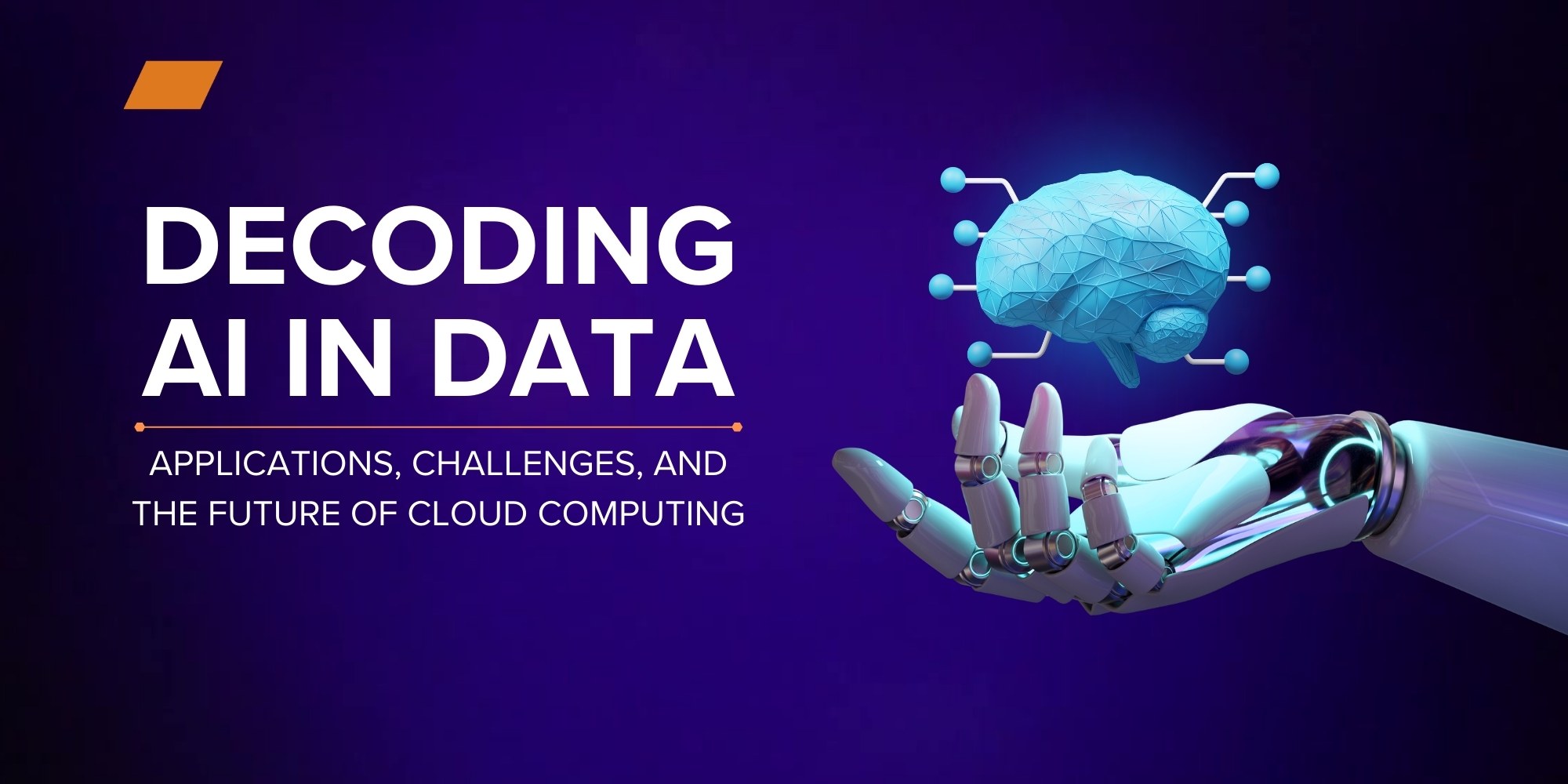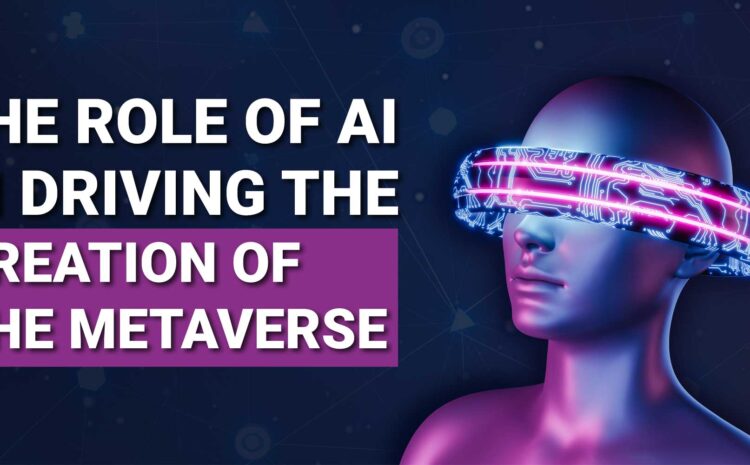Hi guys! Welcome back! Get cozy in your favorite reading spot. Let’s unravel the complexities of AI in data, exploring its definitions, applications, challenges, and transformative potential.
In today’s data-centric landscape, the term Artificial Intelligence has permeated nearly every conversation about data analysis, decision-making, and automation. But what exactly does AI mean in the realm of data, and how does it influence our comprehension and utilization of information?
Understanding AI in Data
At its essence, AI in data denotes the utilization of artificial intelligence techniques and algorithms to dissect, interpret, and extract insights from extensive datasets. Unlike conventional methods of data analysis reliant on predefined rules and algorithms, AI in data harnesses the prowess of machine learning (ML), deep learning, natural language processing (NLP), and other AI technologies to unveil concealed patterns, trends, and correlations within data sets.
Applications of AI in Data
The applications of AI in data are diverse and span across various industries and domains:
1. Predictive Analytics: AI-powered predictive analytics algorithms prognosticate future trends, behaviors, and outcomes based on historical data, empowering organizations to make data-driven decisions and mitigate risks effectively.
2. Personalized Recommendations: E-commerce platforms, streaming services, and social media platforms utilize AI algorithms to furnish personalized recommendations to users predicated on their preferences, browsing history, and interactions, enriching user experience and engagement.
3. Natural Language Processing (NLP): NLP technologies enable machines to comprehend, interpret, and generate human language, facilitating tasks such as sentiment analysis, text summarization, language translation, and chatbot interactions.
4. Image and Video Recognition: AI-powered image and video recognition algorithms discern objects, faces, scenes, and activities within visual content, enabling applications such as facial recognition, object detection, and content moderation.
5. Anomaly Detection: AI algorithms can spot anomalies or outliers within datasets, signaling potential fraud, errors, or unusual patterns that necessitate further investigation, thereby enhancing data security and integrity.
Challenges and Considerations
While AI holds immense potential for revolutionizing data analysis and decision-making, it also poses certain challenges and considerations:
1. Data Quality and Bias: The efficacy of AI algorithms heavily hinges on the quality, completeness, and representativeness of the underlying data. Biases entrenched in the data can engender biased outcomes and decision-making, underscoring the importance of data governance and bias mitigation strategies.
2. Interpretability and Transparency: AI algorithms, particularly deep learning models, are often perceived as “black boxes” due to their intricate and opaque nature. Endeavors to augment interpretability and transparency are imperative for fostering trust and comprehension.
The Future of AI in the Cloud
In 2024, AI is pivotal for businesses in the cloud, enhancing efficiency and innovation. Managed and self-hosted AI services are rapidly expanding, facilitating automation and new features. This evolution underscores AI’s growing significance in shaping the future of computing, revolutionizing how businesses operate and compete.
Hope you enjoyed this post! While you’re here, and in a reading mood, why not check out a few of our other pieces? We have several blog posts on the topic of AI, Cloud technology, etc. we just know you’ll love. Browse the topics here.




